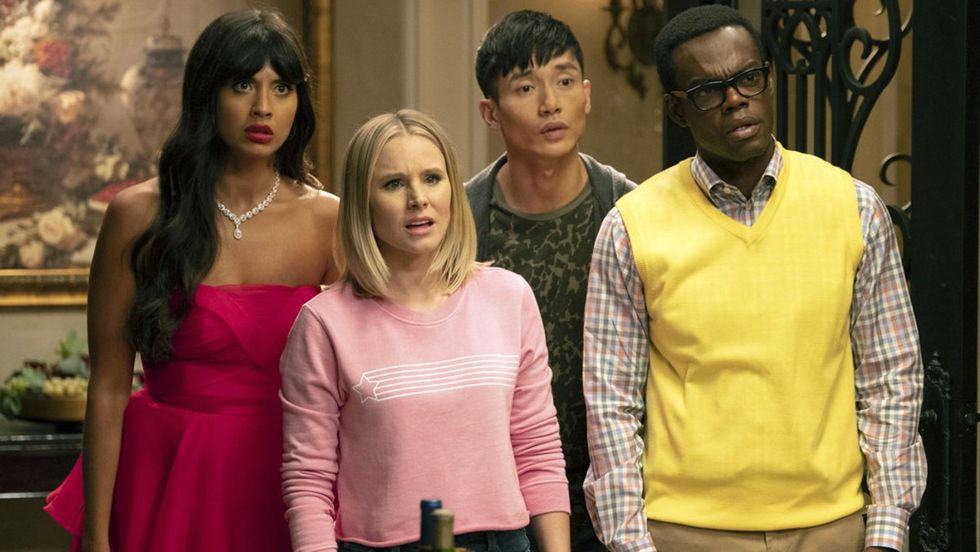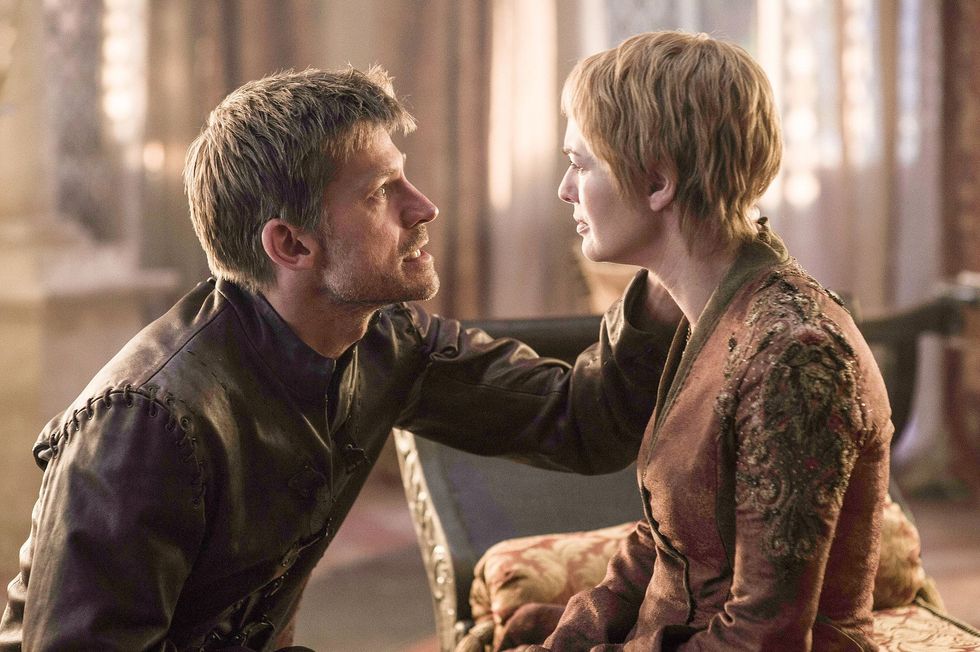5 Lighting Techniques You Can Use on Your Next Horror Film
Need to create a creepy atmosphere for your horror flick? These lighting techniques are a great place to start.

Making a scary movie actually scary can be a serious challenge, but filmmakers have found ways to communicate danger, fear, and other horrible emotions onto the screen visually by turning certain cinematographic techniques into horror conventions. One of the most prolific and effective of those conventions is lighting, which helps to not only create atmosphere but to also withhold visual information from audiences, giving you, the filmmaker, more opportunities to scare the mustard out of them.
In this video from Aputure, you'll get to learn five horror film lighting techniques that are, yes, very conventional and traditional, but also incredibly effective and efficient at creating a horror-filled environment in which to torment your viewers. Check it out below:
- Uplighting: The ol' flashlight-under-your-chin trick! Set a light source under your character's face to create unnatural-looking shadows. Consider using practicals to motivate the look.
- Backlighting: Silhouettes are scary as hell! "What is that thing? Is it angry? Does it have teeth?" You can achieve this look by setting a light source behind your subject.
- Spotlighting: Classic investigatory POV, right...your character hears a noise and goes to investigate with a flashlight. You can use a flashlight to create this effect, but a powerful spot might be necessary if you need more illumination.
- The color red: Because blood is red, you know? Throw on a saturated red gel over a light and, boom, you've got dangerous, bloody red vibes all over the place.
- Long shadows: What's the most famous shadow in cinematic history? Answer: Nosferatu's, in all of its creepy, bony glory. That thing was long as hell and gave viewers the impression that his presence stretched further than his physical self. Use a hard light for this.
Of course, you don't have to go conventional when lighting your horror flick; there are plenty of films out there that have bucked tradition and lit scenes in different ways. Many filmmakers opt for even lighting or lighting without buckets of contrast, which helps create a strange uneasiness because, damn, we all know that something is out there trying to kill something...the music, the camera work, the color grade, and other cinematic cues are telling us so!
What are some other lighting techniques you've used in your horror films? Let us know in the comments below.
Source: Aputure















